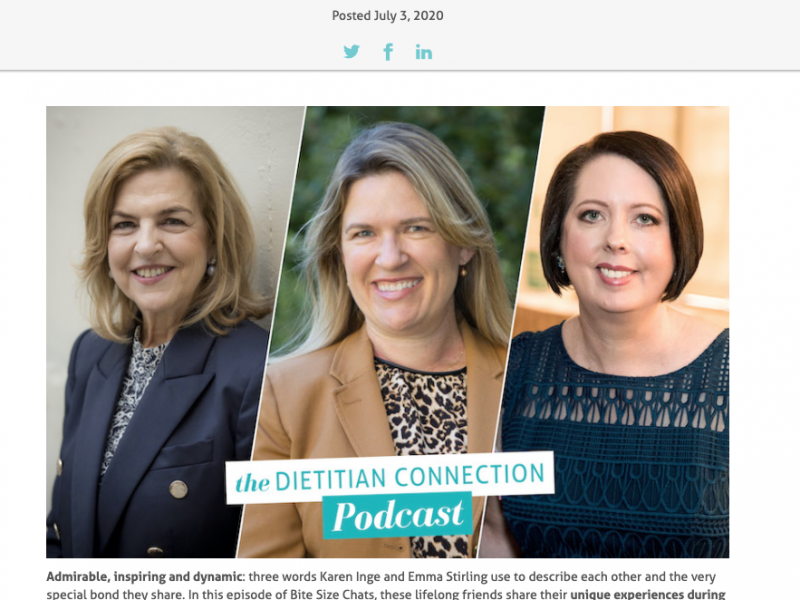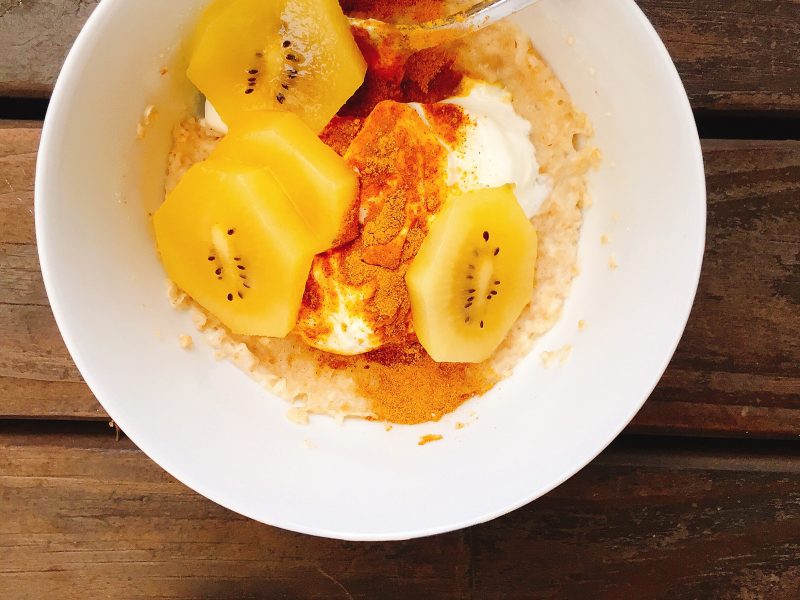 How do you spot progress? Well, you look back at the past and compare with the present of course. And with food and nutrition it’s easy to assume that everything in the good ol’ days was better, when we were fitter and leaner and lived like hunter gatherers. But what about winding the clock back just a few decades? Was it really better? As a child of the 1970′s and a dietitian today, there are a few things I’m happy to leave behind. Which lead me to writing a series of posts about retro trends using old ads. If you haven’t already seen them check out series 1 and series 2 and read on for my latest finds from Woman’s Day 1972, the year my gorgeous sister was born and Liz became a glamour granny.
How do you spot progress? Well, you look back at the past and compare with the present of course. And with food and nutrition it’s easy to assume that everything in the good ol’ days was better, when we were fitter and leaner and lived like hunter gatherers. But what about winding the clock back just a few decades? Was it really better? As a child of the 1970′s and a dietitian today, there are a few things I’m happy to leave behind. Which lead me to writing a series of posts about retro trends using old ads. If you haven’t already seen them check out series 1 and series 2 and read on for my latest finds from Woman’s Day 1972, the year my gorgeous sister was born and Liz became a glamour granny.
Then: Margaret Fulton’s “Gourmet” recipes included the sophisticated cucumber stuffed tomato with just “oil” as the dressing, not a mention of EVOO in sight.
Now: Margaret’s still going strong, and along with her daughter and granddaughters serving up far more interesting fare as a reflection of our multi-cultural society and huge selection of ingredients.
Then: We looked fairly basically at the nutrients in food. In this case comparing the “energy” or kilojoule value of lamb chops to peanut butter. Never mind about sodium or a long list of other considerations.
Now: We scrutinise the full nutrient profile of a food and are worried about where our kilojoules are coming from. We talk nutrient density, not just the kilojoule or energy density. 
Then: “Doctors” were just waking up to the idea of saturated fat. But magazine recipe developers hadn’t yet been inundated with friendly dietitians. Decades later food editors would be told that bacon in a salad with a polyunsaturated dressing, does not a “low saturated fat” salad make.
Now: Dietitians work closely at recipe development and collaborate with chefs and foodies (well the smart one’s at least) especially in healthy mag land.
What do you think lovely readers? Would you turn the clock back and eat like 1972?




